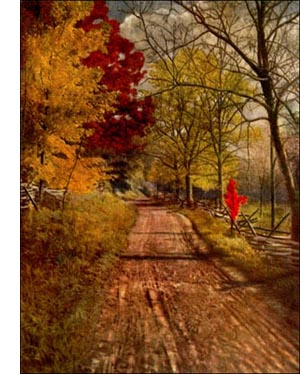Black Mangrove Tree
 The Black Mangrove (Avicennia nitida, Jacq.) is an ever-blooming tree, with inconspicuous white flowers and a dry, 1-seeded capsule, 1 to 1 1/2 inches long. The leaves resemble those of the true mangrove in form, but have a grey-green colour.
The Black Mangrove (Avicennia nitida, Jacq.) is an ever-blooming tree, with inconspicuous white flowers and a dry, 1-seeded capsule, 1 to 1 1/2 inches long. The leaves resemble those of the true mangrove in form, but have a grey-green colour. The tree's habit enables it to make soil in much the same way. The seeds germinate before they fall, and are ready to root as soon as they lodge in the mud.
The roots of the adult trees extend far out and, branching, send up a grove of leafless projections a foot or two above the tide level, thus forming a network that holds the soil, and soon makes land out of what was a tide-swept marsh. No aerial roots strike downward from the branches of this tree.
The bark of the black mangrove exceeds that of Laguncularia racemosa in value to tanners. It is certain that were the trees located in more accessible regions, on solid ground instead of bottomless swamps, they would fall a prey to the peeler's axe. The Floridian depends upon a smudge of punky black mangrove to rid him of mosquitoes and sandflies, the twin scourge of the summer nights.
The range of this tree reaches north to St. Augustine and Cedar Keys. From the southern end of the peninsula and the neighbouring keys it extends into the West Indies, the Bahamas, and on to Brazil.
The black mangrove is a tropical member of the verbena family, well known to us in its herbaceous representatives that grow in Northern gardens.
The fiddlewood of lower Florida (Citheraxylon villosum) is its nearest relative. The most important timber tree in the family is the teak, Tectoria grandis, which grows in tropical Asia and the East Indies. The catalpas in the bignonia family are also close tree kin of the black mangrove.